23 Common Problems with LED Lighting in 2024
Even with all the technological advancements in 2024, many users still face issues when it comes to LED lighting. This article explores 23 of the most common problems, from technical malfunctions to user experience challenges. We’ll cover everything from flickering lights and color inconsistencies to dimming problems and smart system compatibility. Whether you're a homeowner or a professional, understanding these issues can help you troubleshoot and maintain your LED lighting systems more effectively. LED lights can suddenly stop working due to several reasons. Overheating is one of the main causes, especially if the fixture isn’t properly ventilated. Power surges, faulty wiring, or an expired LED lifespan can also be responsible. Another possible cause is a malfunctioning driver, which regulates the power supply to the LEDs. Regular maintenance and ensuring a stable power source can prevent unexpected outages. Common issues with LED lighting include flickering, sudden outages, dimming problems, and color inconsistency. Many users also face difficulties with power supply compatibility, heat dissipation, and premature failure. These issues can often stem from low-quality components or improper installation. Let’s take a closer look at each problem and how to address it. Flickering LED lights can be annoying and even harmful to sensitive individuals. This issue often occurs due to unstable voltage, incompatible dimmer switches, or poor electrical connections. To fix this, ensure that your LED fixtures are connected to a stable power source and use dimmers designed for LED technology. Proper installation can make a big difference in preventing flicker. Too much brightness can cause glare and eye strain. If your LED lights are too bright, consider using dimmers or selecting bulbs with lower lumen output. You can also add diffusers to soften the light and create a more comfortable environment. Although LEDs are energy-efficient, they can still generate heat. If not properly managed, overheating can damage internal components and shorten the lifespan of the light. Ensure good airflow around your fixtures and avoid overloading them. Using high-quality heat sinks can also help keep temperatures under control. If your LED lights aren't showing the correct color, it could be due to incorrect settings or faulty diodes. Some LED products may also experience color drift over time. Adjusting the color calibration or replacing the affected unit can resolve this issue. Exposure to blue light from LEDs, especially in the evening, can disrupt sleep patterns and cause eye strain. Consider using LED bulbs with adjustable color temperature or blue light filters to reduce these effects. This is especially important in bedrooms or areas where people spend a lot of time after dark. LED buzzing is often caused by incompatible dimmer switches or loose connections. Check that your dimmers are compatible with LED technology and ensure all connections are secure. Replacing faulty components can eliminate unwanted noise. Improper installation can lead to various issues, such as flickering or complete failure. Always follow the manufacturer's guidelines and ensure proper wiring. If you're unsure, consult a professional to avoid potential safety hazards. While LEDs are efficient, they can emit small amounts of UV and IR radiation. Choose high-quality LED products that minimize these emissions to protect both your health and the longevity of your lighting system. Bad wiring can cause flickering, dimming, or even permanent damage to your LED system. Make sure all wiring is up to code and installed by a qualified electrician. This will help prevent future issues and ensure safe operation. Multi-chip LED systems, like RGB strips, can be complicated to set up. Ensure proper planning and execution to avoid malfunctions. If you're not experienced, seek expert advice to get the best results. Proper setup and regular maintenance are key to keeping complex LED circuits running smoothly. Loose wires can cause intermittent lighting or even electrical hazards. Regularly check your connections and tighten them if necessary. Ensuring a solid electrical connection is essential for the safety and performance of your LED system. The beam angle determines how light spreads across a space. Choosing the wrong angle can result in either excessive glare or insufficient coverage. Select the appropriate beam angle based on your lighting needs to achieve the desired effect. Some LED lights fail prematurely due to poor quality or manufacturing defects. Invest in reputable brands and check warranty information before purchasing. High-quality LEDs are more likely to last longer and perform better. Dimming issues can occur if you're using non-dimmable bulbs with a PWM dimmer. Always choose dimmable LEDs and ensure your dimmer switch is compatible. This will help you achieve smooth and consistent dimming without compromising brightness. LEDs require different electrical and thermal conditions than incandescent bulbs. Installing them in incompatible fixtures can lead to inefficiency or failure. Always use LED-specific fixtures to ensure optimal performance and safety. A low CRI means colors appear distorted or washed out. Look for LEDs with a CRI of 80 or higher to ensure accurate color representation. This is especially important in spaces where visual clarity matters, such as offices or art studios. An incompatible LED driver can cause power delivery issues, leading to flickering or failure. Always use a driver that matches the specifications of your LED product. This ensures stable and reliable performance over time. A faulty driver can cause flickering, dimming, or complete failure. If you suspect the driver is the issue, replace it with a high-quality, compatible model. This can restore normal operation and extend the life of your LED lights. Using the wrong dimmer can cause flickering or uneven lighting. Always select a dimmer that is specifically designed for LED bulbs. Follow the manufacturer’s instructions carefully to ensure compatibility and proper function. Loose bulbs can cause flickering or no light at all. Ensure all bulbs are securely screwed in and check for any signs of wear or damage. Regular maintenance can prevent this common issue and keep your lights functioning smoothly. If your LED lights won’t dim, it could be due to an incompatible dimmer or a faulty bulb. Always use a dimmer that supports LED technology and check the bulb’s compatibility. This will help you achieve smooth and effective dimming control. Some LED lights can attract insects, especially those that emit a certain spectrum of light. To reduce this, use warm-colored LEDs and avoid overly bright outdoor lights. This can help keep bugs away and improve the overall comfort of your space. Color differences between LED lights can be distracting, especially in large installations. Purchase all your LED lights from the same batch to ensure consistency. High-quality products with strict manufacturing standards will offer more uniform color output over time. The main issue with LED lighting is flickering, which can be uncomfortable and potentially harmful. Flickering can be caused by loose connections, faulty drivers, or incompatible dimmers. Addressing these issues can greatly improve the comfort and efficiency of your lighting system. LED lights can fail due to various factors, including poor quality, improper installation, or electrical issues. Each component in the system must be well-maintained and compatible to ensure long-lasting performance. Regular checks and proper care can help prevent frequent failures. LED lights typically last between 25,000 and 50,000 hours, making them much more durable than traditional bulbs. However, issues like flickering or premature failure can affect their lifespan. Understanding these problems can help you maintain your LEDs and maximize their benefits. Yes, some LED lights can be repaired, depending on the issue. Simple fixes like replacing a faulty driver or tightening connections can restore functionality. For more complex problems, it might be more cost-effective to replace the entire unit. Always consider warranty options before attempting repairs. The most common issue with LED lights is flickering. This can be caused by various factors, including poor connections, incompatible dimmers, or faulty drivers. Understanding the root cause can help you fix the problem and enjoy a smoother lighting experience. Common LED failures include flickering, buzzing, and dimming issues. These problems can be caused by faulty drivers, incorrect dimmer settings, or poor wiring. Ensuring proper installation and using compatible components can significantly reduce these issues. Additionally, overheating and color inconsistency can also affect performance. Regular maintenance and choosing high-quality products are key to avoiding these problems and enjoying the full benefits of LED lighting. The future of LED lighting is moving toward more personalized and intelligent solutions. With smart home integration, users can now control their lighting with ease through apps or voice commands. This evolution allows for greater customization and energy savings. As LED technology continues to advance, we can expect even more features that enhance comfort, efficiency, and aesthetics in our living and working spaces. The failure rate of LEDs is generally around 3%, but it can go up to 10% depending on the application. Some surveys suggest that up to 20% of LEDs may experience issues, often related to electrical problems or poor manufacturing. Choosing reliable products and ensuring proper installation can help reduce this risk. Gear Parts,Small Motor Planetary Carrier Parts,Stainless Steel Tool Wrench Gear Parts,Stainless Steel Micro Motor Gear Housing Dongguan New Decoration Material Technology Co., Ltd. , https://www.xsjmim.com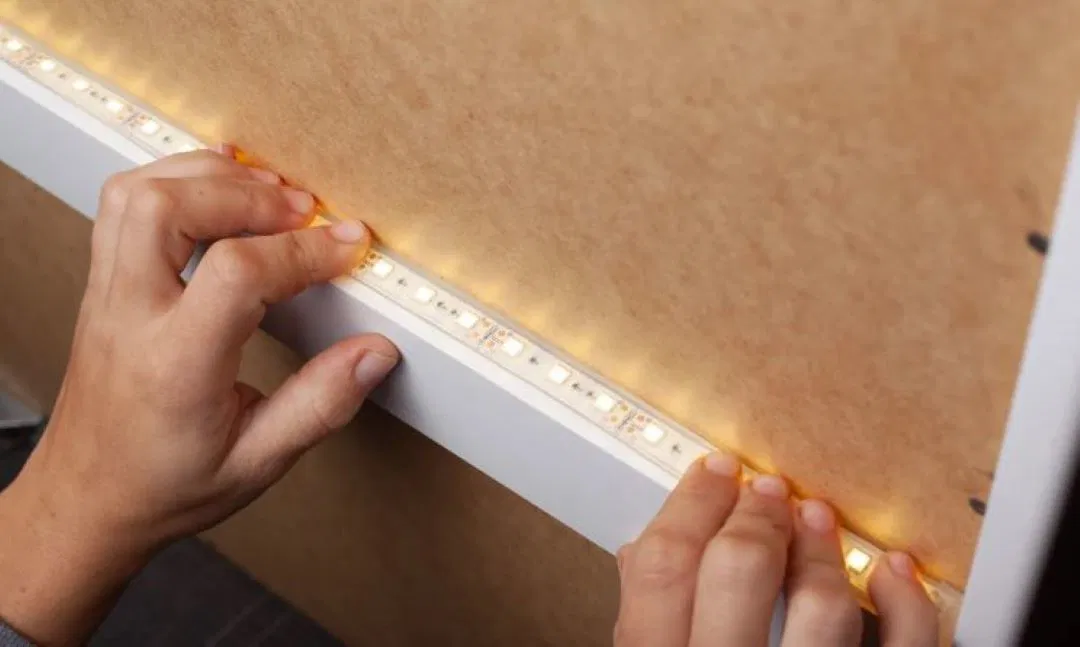
Why Did My LED Lights Stop Working Suddenly?
What Are the Common Problems with LED Lighting?
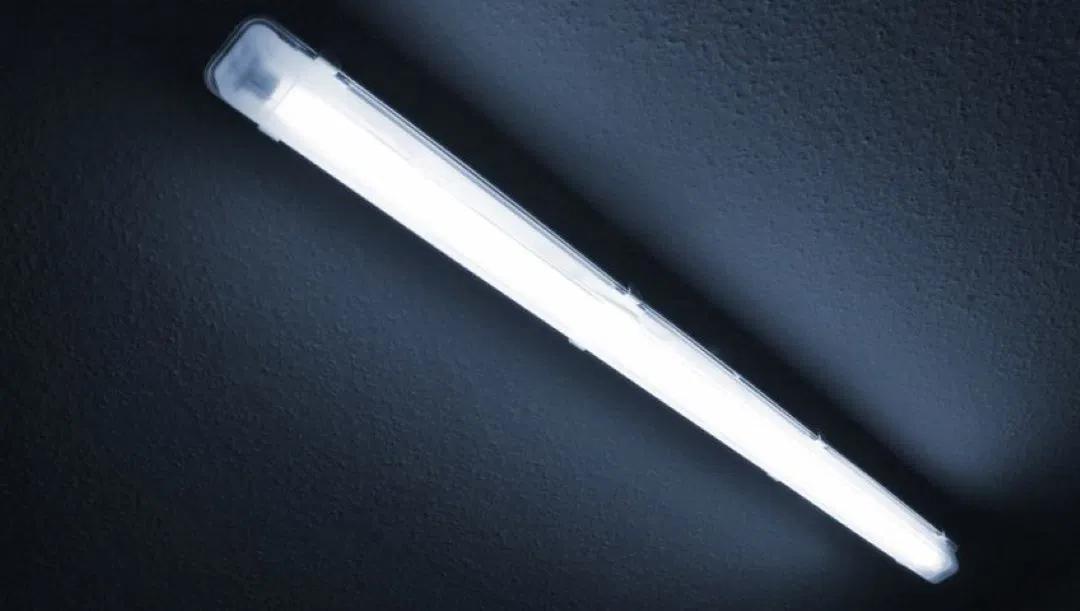
1. LED Light Flickering
2. Excessively Bright Light
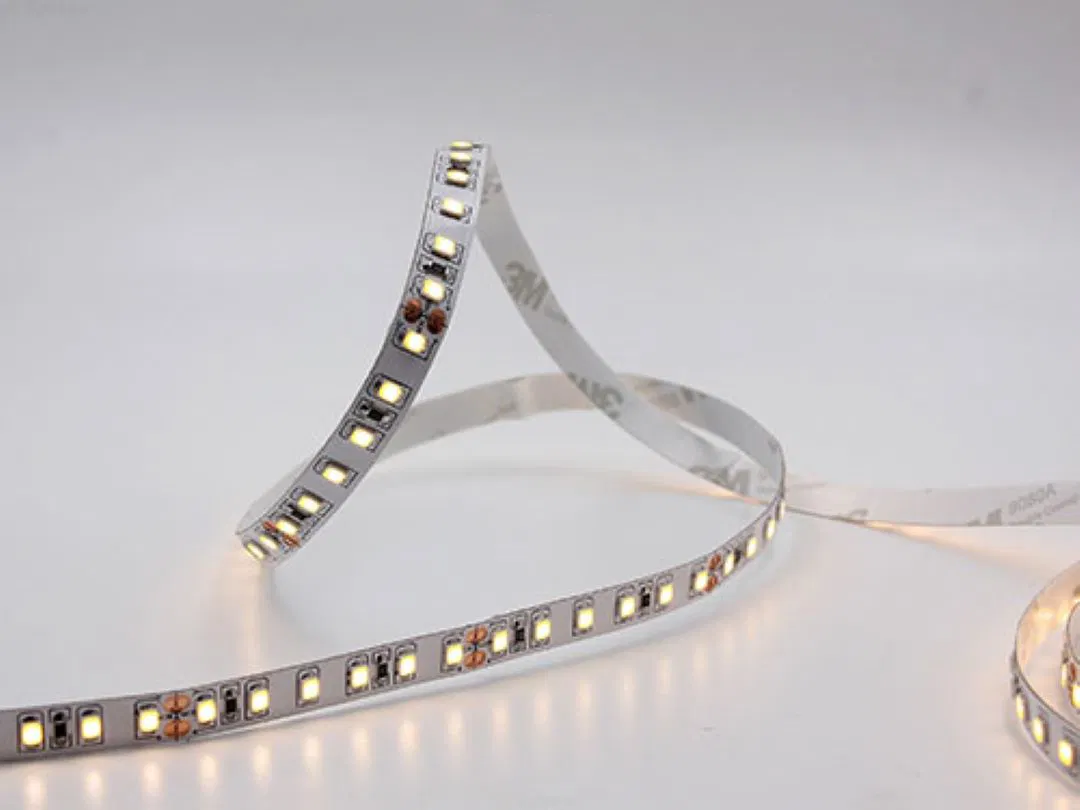
3. Overheating LED Lights
4. Wrong Color Display
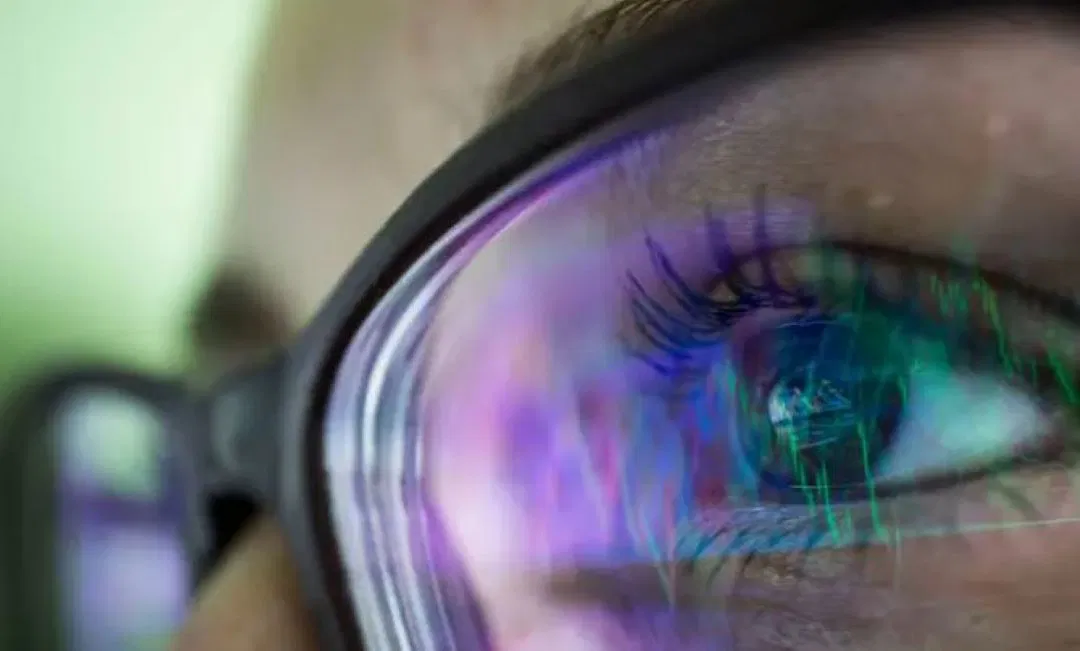
5. Blue Light Hazard
6. Buzzing or Humming Noise
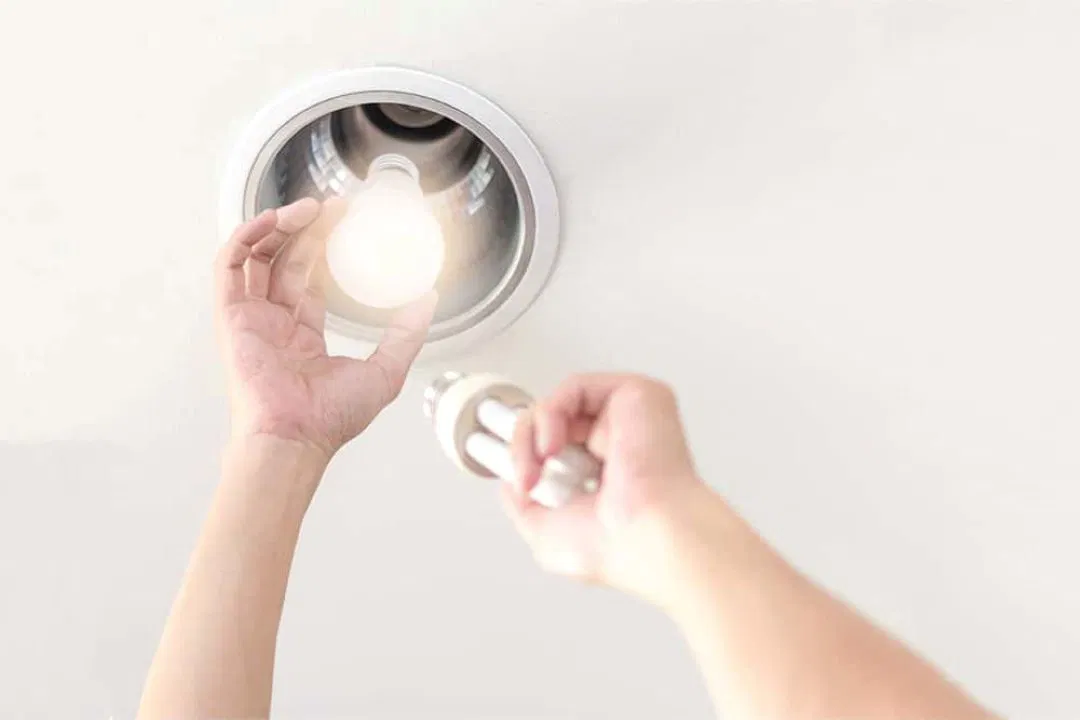
7. Incorrect Installation
8. UV and IR Emission
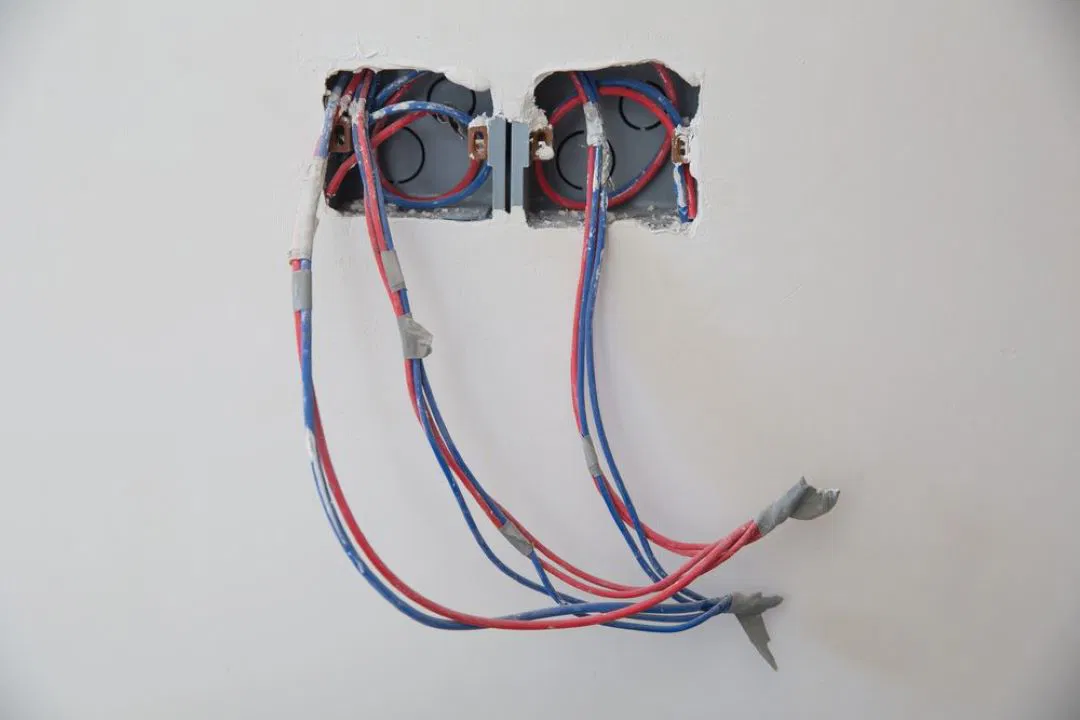
9. Poor Wiring
10. Complex LED Circuits
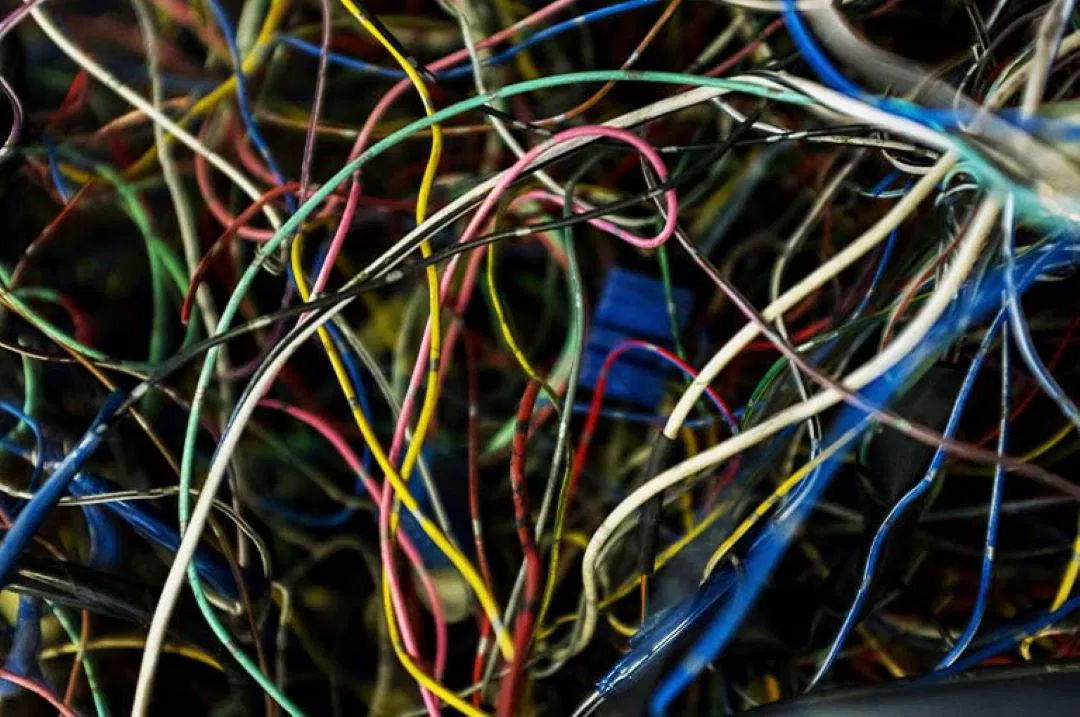
11. Loose Wire Connections
12. Wrong Beam Angle
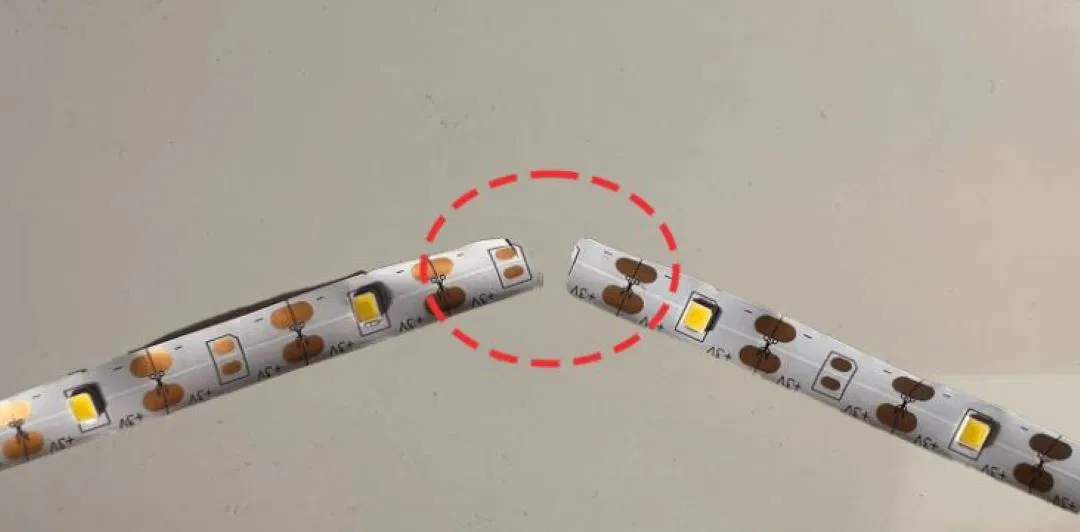
13. Early Failure of LED Lights
14. Excessively Dim LED Lights
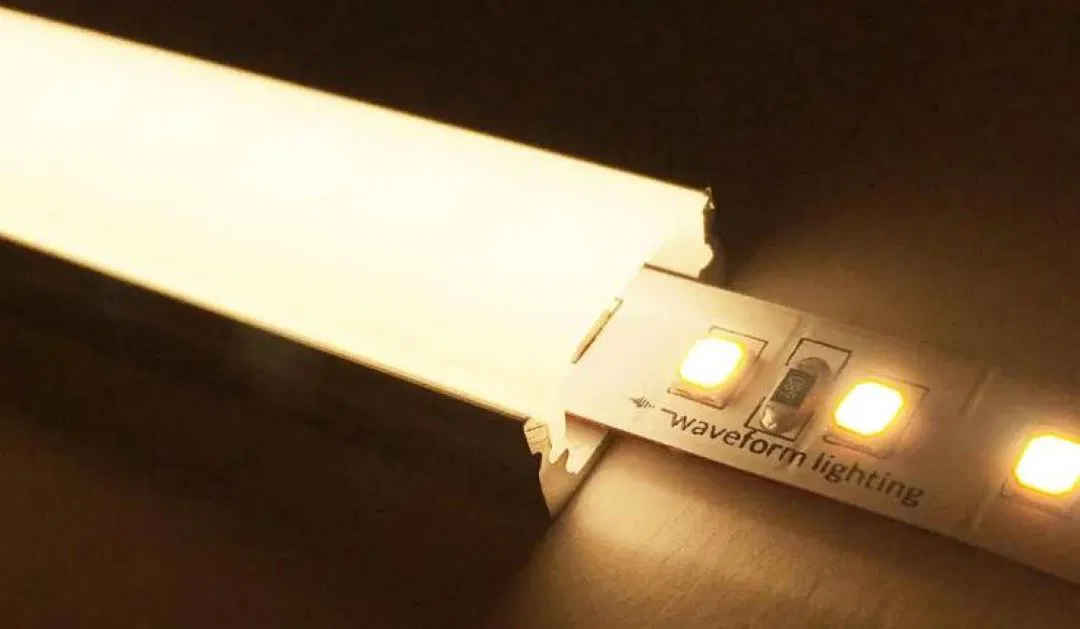
15. Using LED Lights in Incandescent Fixtures
16. Low Color Rendering Index (CRI)
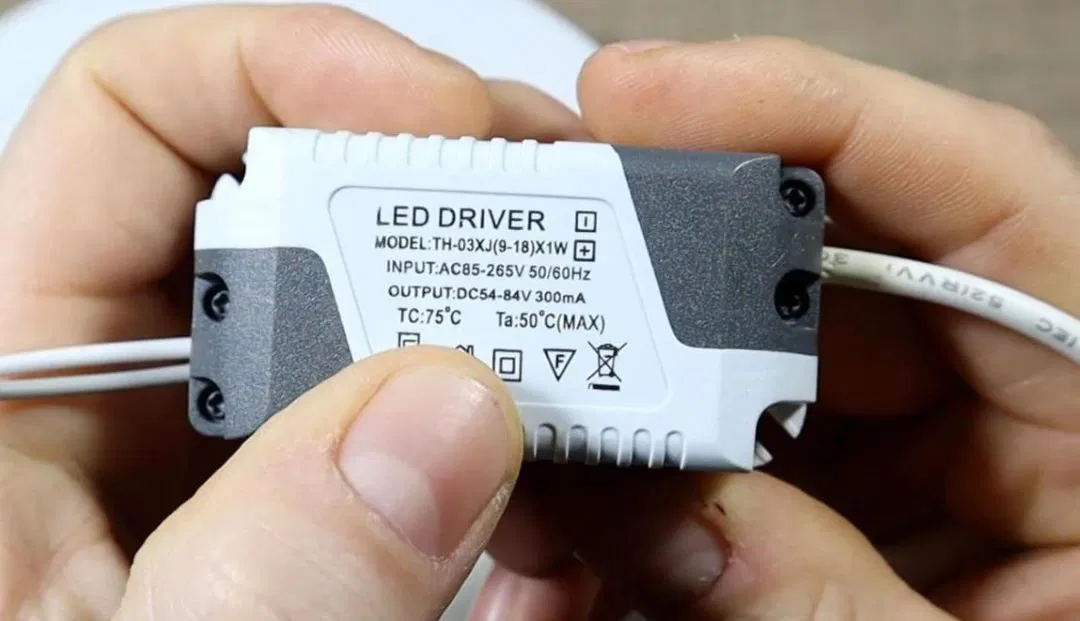
17. Incorrect Use of LED Driver
18. Faulty LED Driver
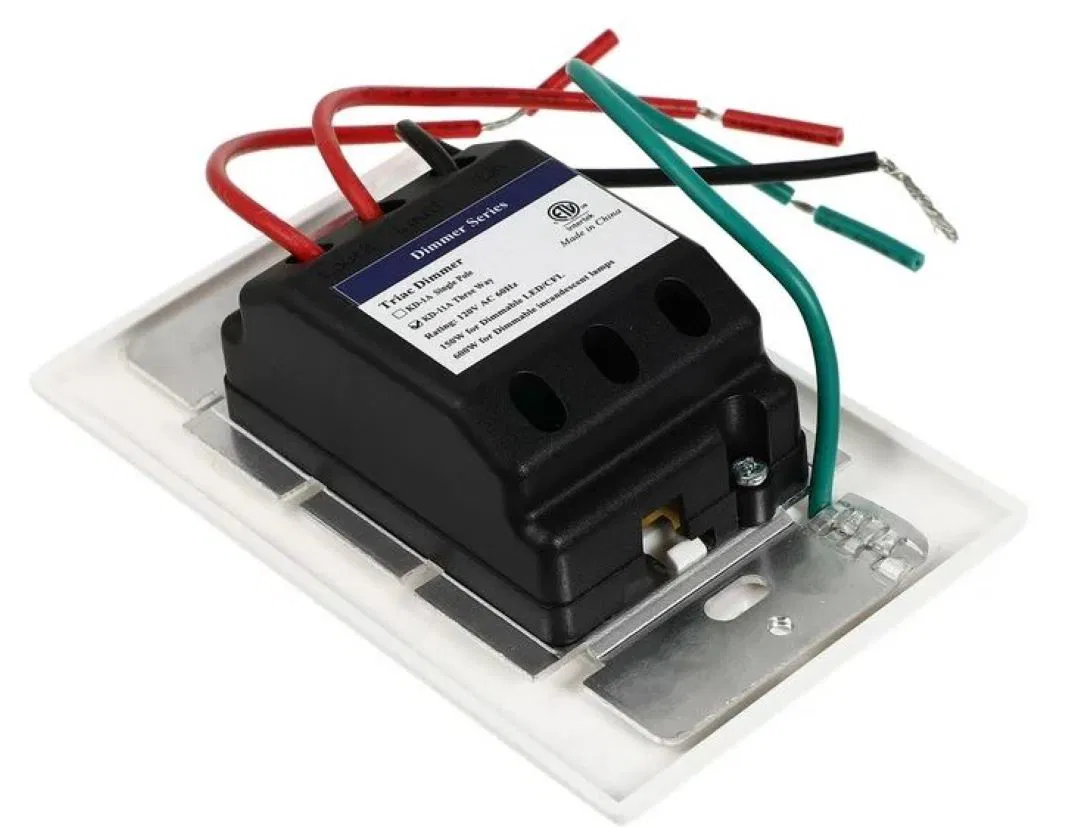
19. Incorrect Dimmer Settings
20. Loose Bulbs in LED Lights
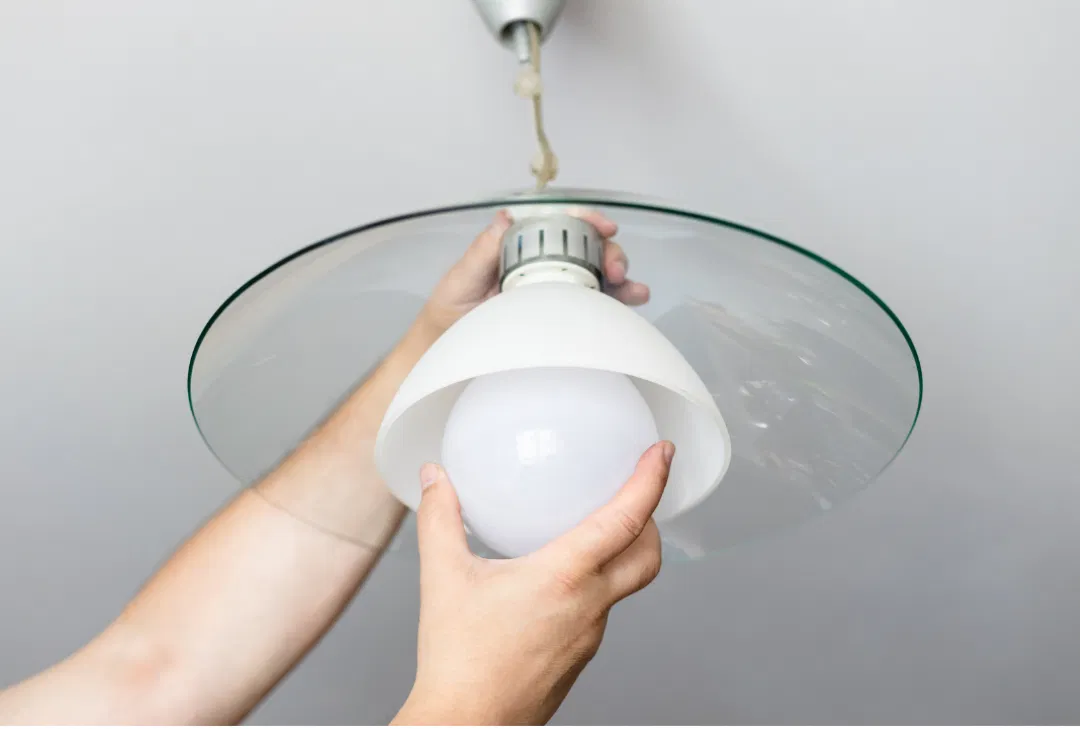
21. LED Dimming Not Working
22. LED Lights Attracting Bugs
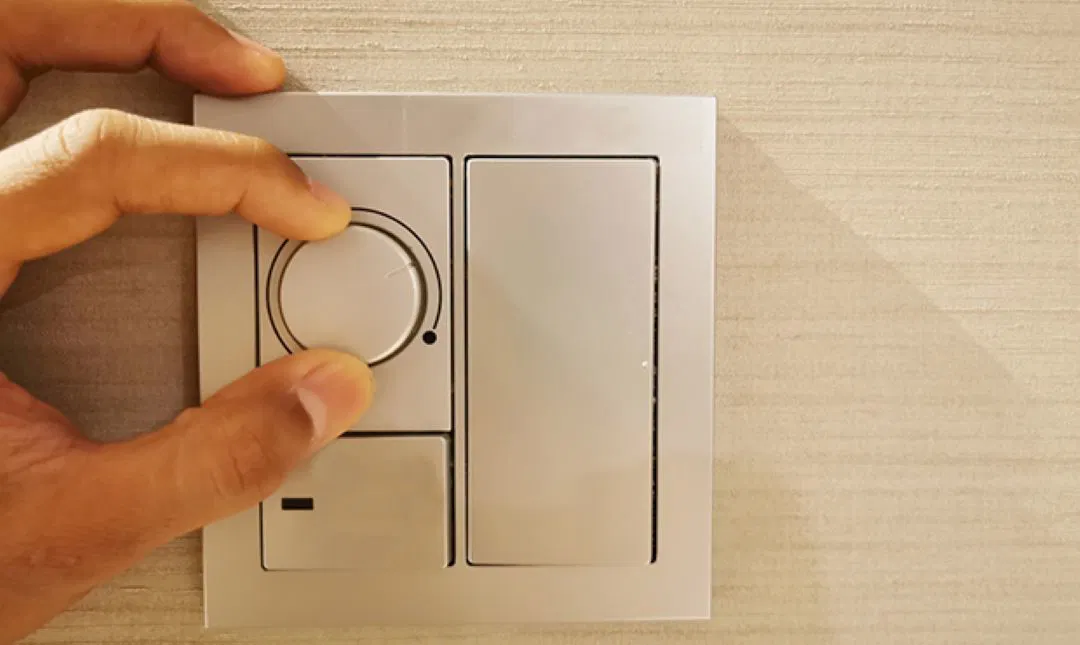
23. Color Inconsistency in LED Lights
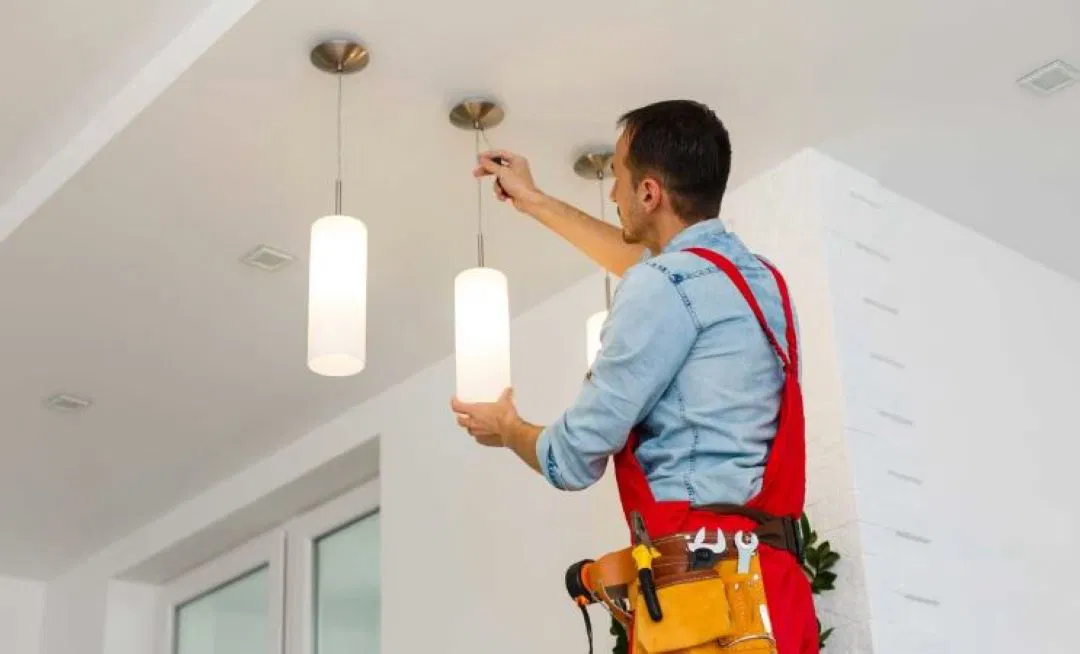
What Is the Problem with LED Lighting?
Why Do LED Lights Fail So Often?
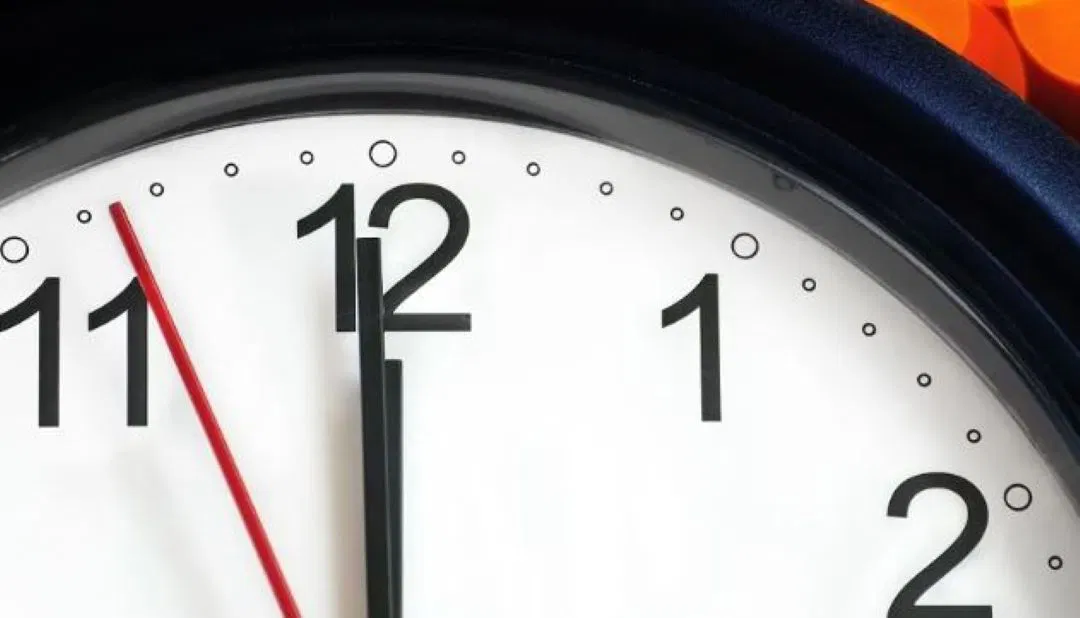
How Long Do LED Lights Last?
Can You Repair LED Lights?
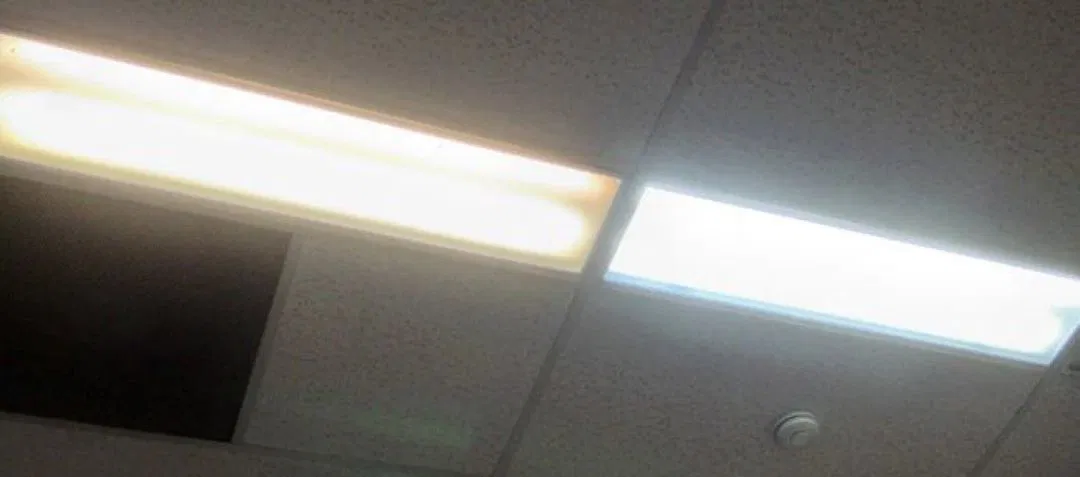
What Is the Common Problem with LED Lights?
What Are the Common LED Failures?
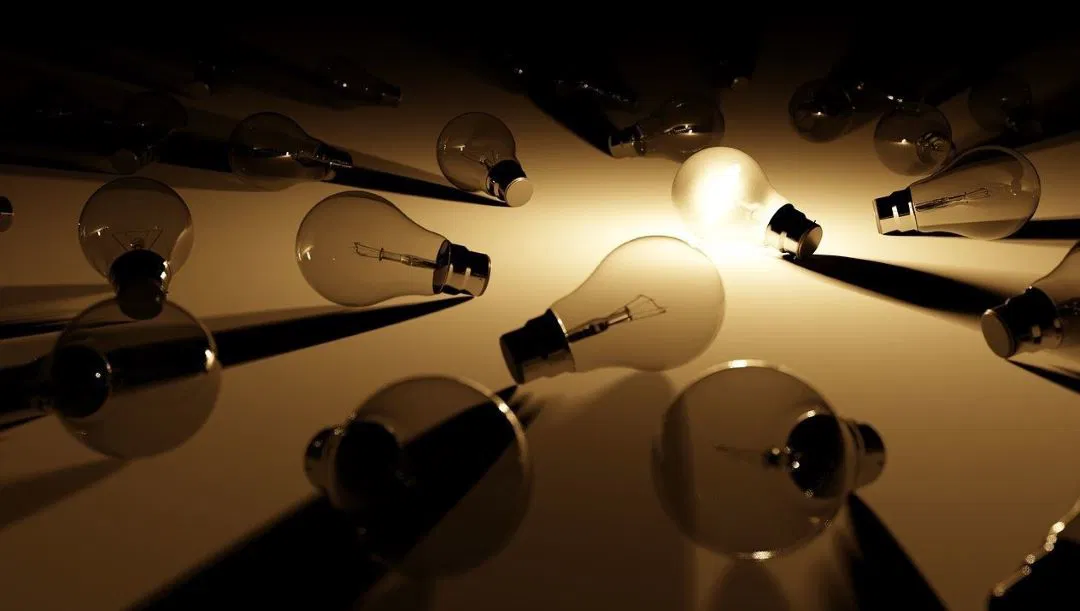
What Is the Future of LED Lighting?
What Is the Failure Rate of LEDs?